Search

2018 Field Plot Summaries for Corn: Fungicide Trials
This document contains results of corn field trials conducted during the 2018 growing season to evaluate foliar fungicides to manage various corn diseases.

2018 Field Plot Summaries for Oat and Sorghum Foliar Disease Management Trials
An oat crown rust integrated management trial and a sorghum foliar fungicide trials were conducted to determine the efficacy of fungicides to manage crown rust and fungal diseases in oat and sorghum respectively. Crown rust is one of the most devastating diseases of oat in the state. Stragego fungicide was applied at three different timings to determine the most effective timing for crown rust management. For sorghum, the study investigated the efficacy of two different rates of Nexicor for managing sorghum foliar diseases. The oat field experiment was maintained at Northeast Research Farm (NERF), Southeast research farm (SERF) and Volga research farm. The sorghum experiment was at Volga.
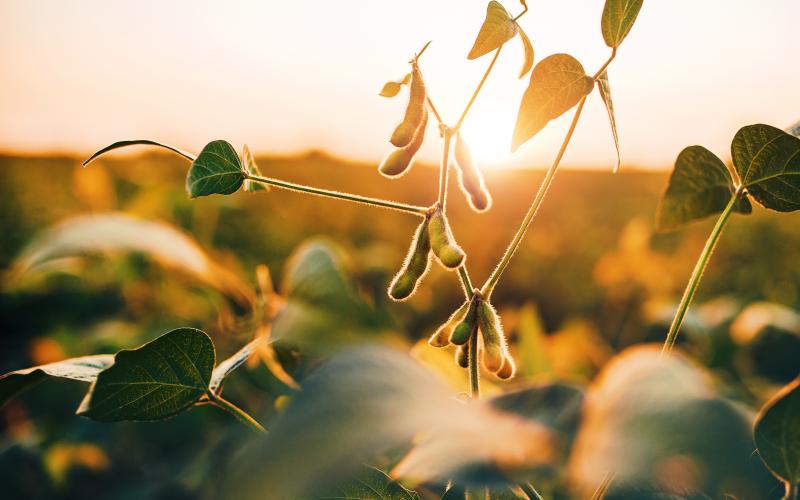
2018 Field Plot Summaries for Soybeans: Plant Disease and Fungicide Trials
This is a summary of soybean field research studies that were conducted in 2018. The purpose of these studies was to assess efficacies of fungicides for foliar disease management and nematicides/seed treatment products for nematode management. The studies were conducted on growers’ land in Brookings and Volga Research Farm.
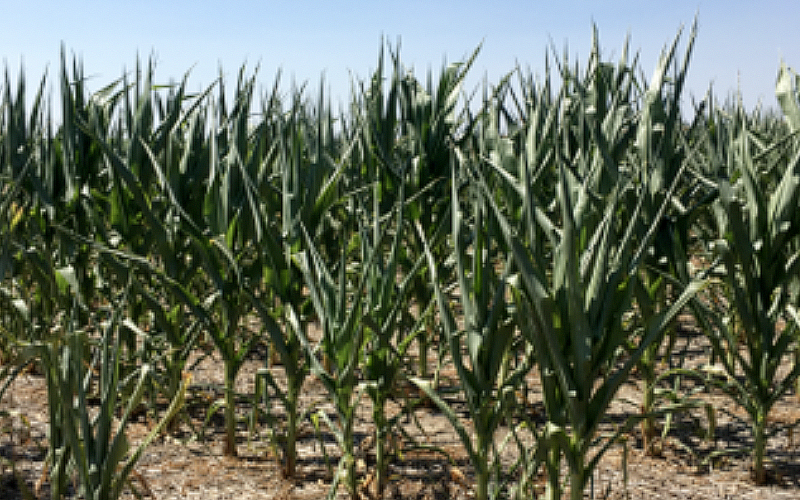
Using Drought-Stressed Corn as Forage
When drought has compromised tonnage of corn grain, silage producers may still retain part of its feeding value.
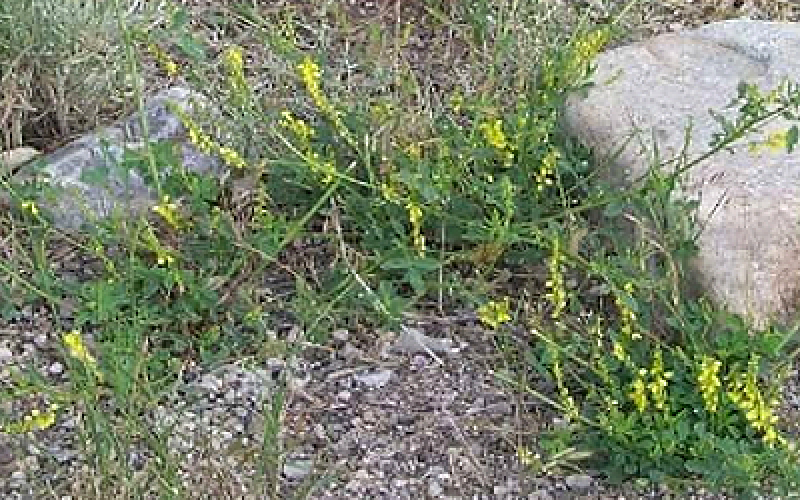
Sweet Clover Poisoning
Hay that contains sweet clover can be an excellent feed as long as the dicoumarol level is known and feeding management is used to prevent poisoning.
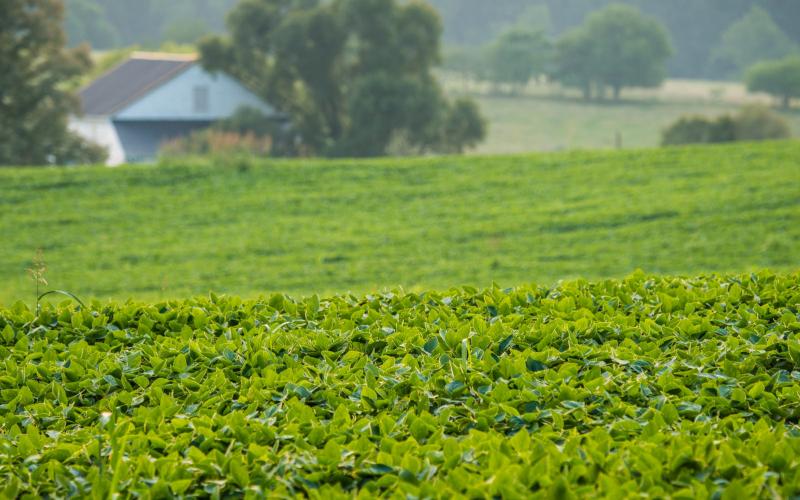
Soybeans & Sunflowers: Alternative Cattle Forages
Alternative forages like soybean silage or hay, and sunflower silage, can help stretch conventional forage supplies and help avoid overgrazing pasture.
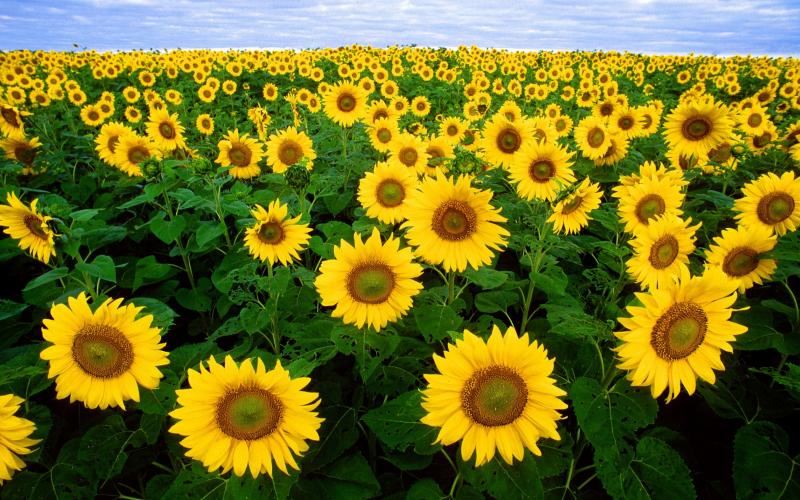
Why Add an Agritourism Enterprise to Your Farm or Ranch?
Agritourism is the practice of touring agricultural areas to see farms and often to participate in farm activities.
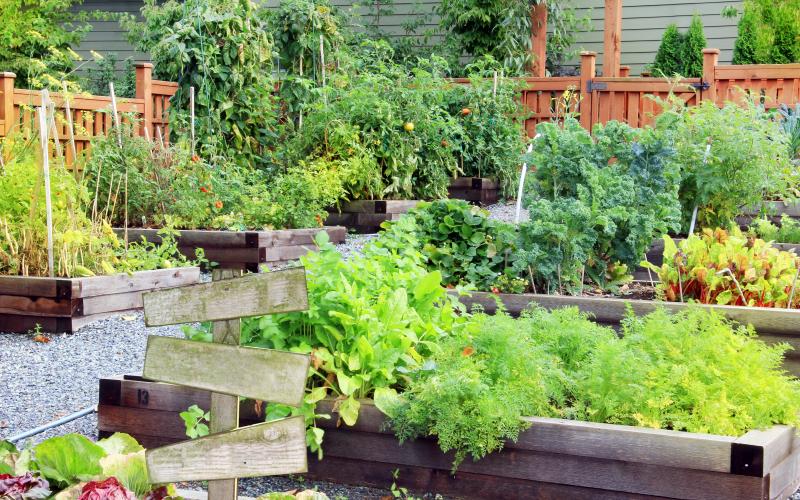
Fertilizing Gardens in South Dakota
Publication about fertilizing gardens in South Dakota
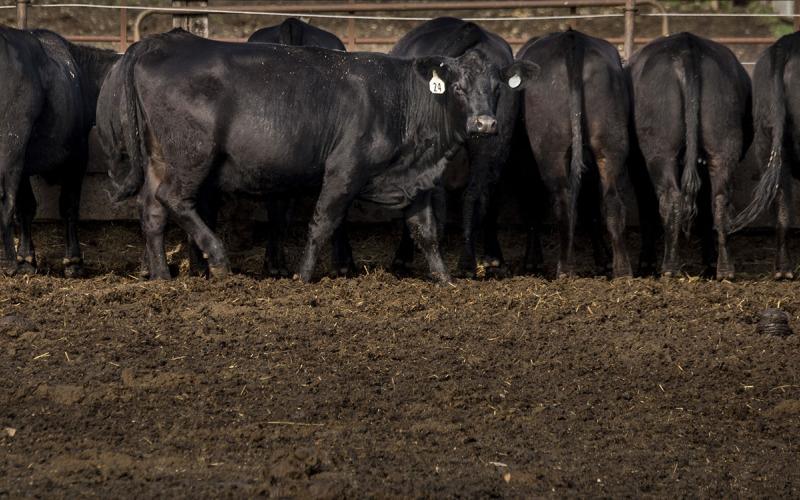
Feeding Damaged Wheat to Cattle
Feeding damaged wheat to livestock is one way to salvage value from the crop. Wheat can work well in cattle diets with some limitations.

Growing Asparagus
Publication about growing asparagus.